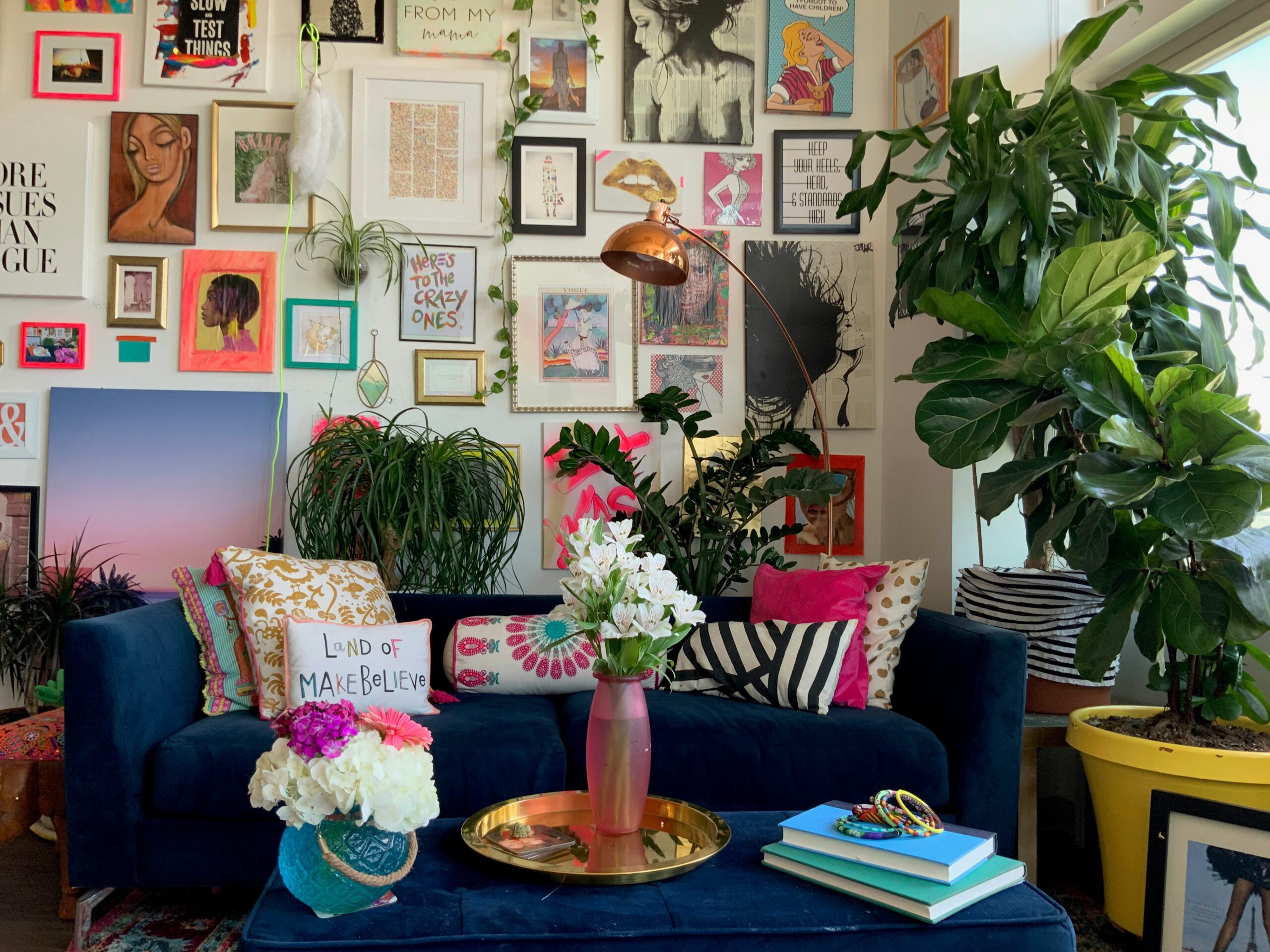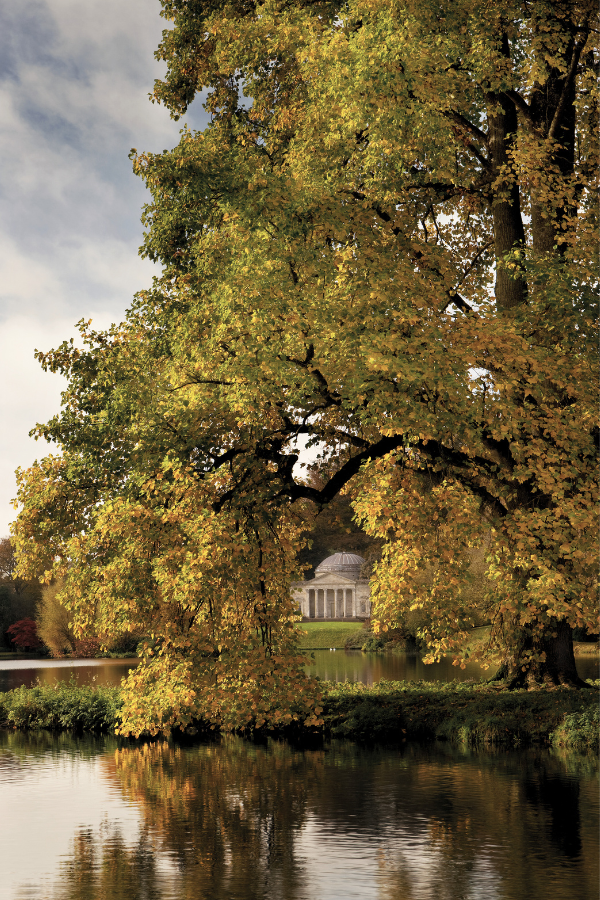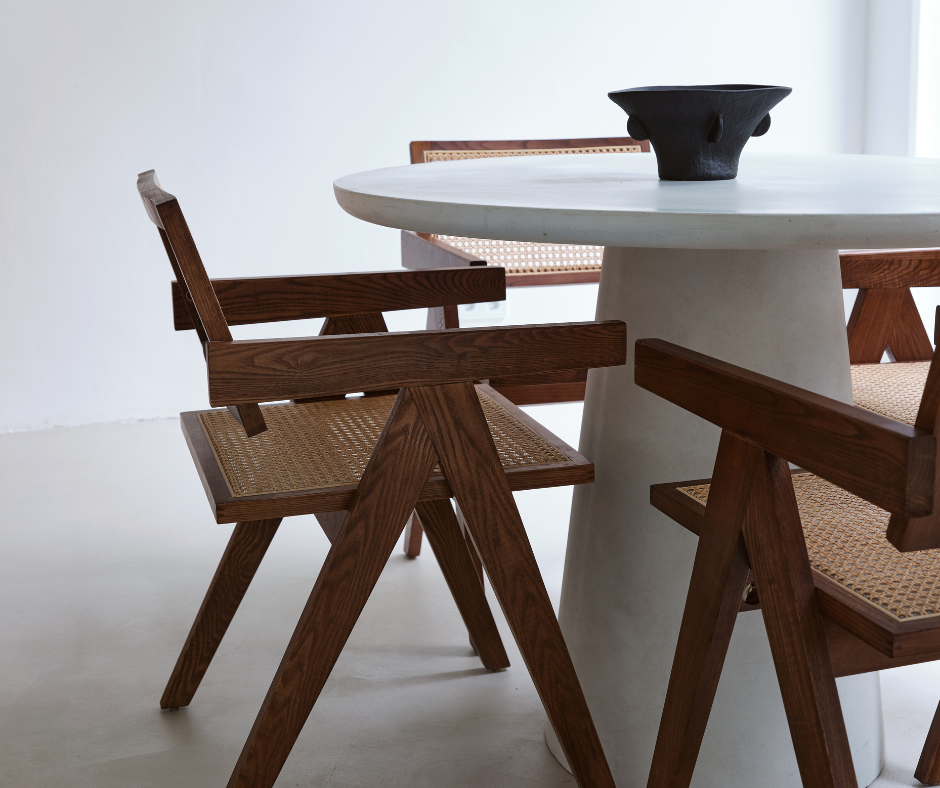
Interior Design Trend: The Round Table is Back and Better Than Ever
Summary
The round table is experiencing a revival in interior design, symbolizing a shift toward equality, intimacy, and connection in our living spaces. Moving away from rigid, hierarchical layouts, circular tables foster inclusivity and collaboration—echoing ancient cultural meanings and modern societal changes. As family dynamics evolve and formality fades, designers are using round tables to promote warmth, conversation, and shared humanity.
Reflection Questions
How does the shape and layout of your current living or dining space affect how you connect with others in your home?
In what ways do your design choices (or lack thereof) reflect your values around family, equality, or community?
How might embracing more inclusive or intentional design elements—like a round table—shift the way you experience daily interactions?
Journal Prompt
Reflect on a time when a shared space—such as a table, living room, or gathering area—either helped or hindered genuine connection with others. How might you redesign that space today to better reflect your desire for equality, intimacy, or collaboration?
Could it be, that in a world where so much divides us—screens, schedules, and the persistent hum of modern life—the spaces we inhabit are quietly urging us back toward connection? Over the last couple of years, we have seen circular tables replace traditional rectangular versions in dining rooms, breakfast nooks, living rooms, and more.
While we call it a “trend,” it might be more than a passing fad. The “round table” might just be a subtle rebellion against the isolating nature of our immersive digital lives—inviting us to gather, share, and see one another fully instead of retreating inward online.
Free of hierarchy, the circular table’s shape places every individual on equal footing—fostering an intimacy that rectangular or linear forms simply cannot. In a time when smaller, more intentional gatherings have become the norm, the round table answers a deep yearning for closeness, collaboration, and a return to the kind of face-to-face connection that reminds us of our shared humanity.
As designers, we can foster deeper connections for our clients by reflecting their desire for meaningful gatherings in our design choices—like replacing traditional rectangular tables with round ones.
This article was originally published in the Winter 2024-2025 issue of DesignDash Magazine. Read the full article and more here.
Circle Up: The Round Table is Back
Of course, we would be remiss in failing to acknowledge the most famous round table of all: King Arthur’s. Designed to ensure equality among knights, it’s a story we all know—a tale as much about unity as it is about chivalry. But circles as a symbol far predate Camelot and carry even deeper meaning across cultures.
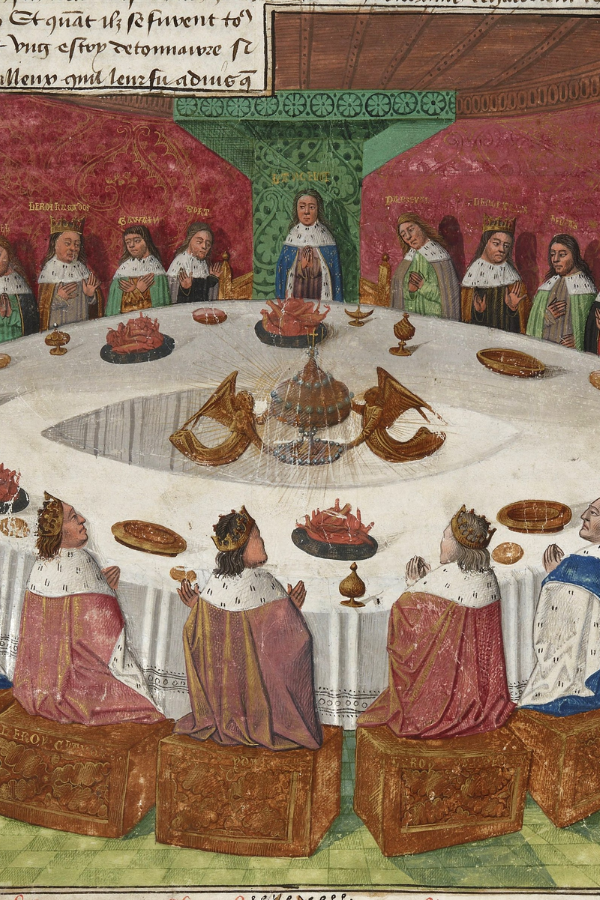
In ancient history, the circle represented eternity, wholeness, and the cyclical nature of life. From the unbroken ring of a wedding band to the wheel of the zodiac, circles have been associated with harmony and interconnectedness. In sacred geometry, they embody perfection and the infinite.
Many ancient cultures incorporated the circle into their rituals and designs. Stonehenge, with its circular arrangement of stones, is believed to have spiritual and cosmic significance.
Indigenous peoples worldwide used circular formations for community gatherings in order to reinforce the idea of coming together as equals. In Hinduism and Buddhism, intricate circular mandalas symbolize the universe and are used as tools for meditation and self-discovery.
Representing the infinite nature of Allah, the circle is also an important element in Islamic geometric patterns. These designs reflect belief in unity and perfection—reinforcing a connection to the divine.
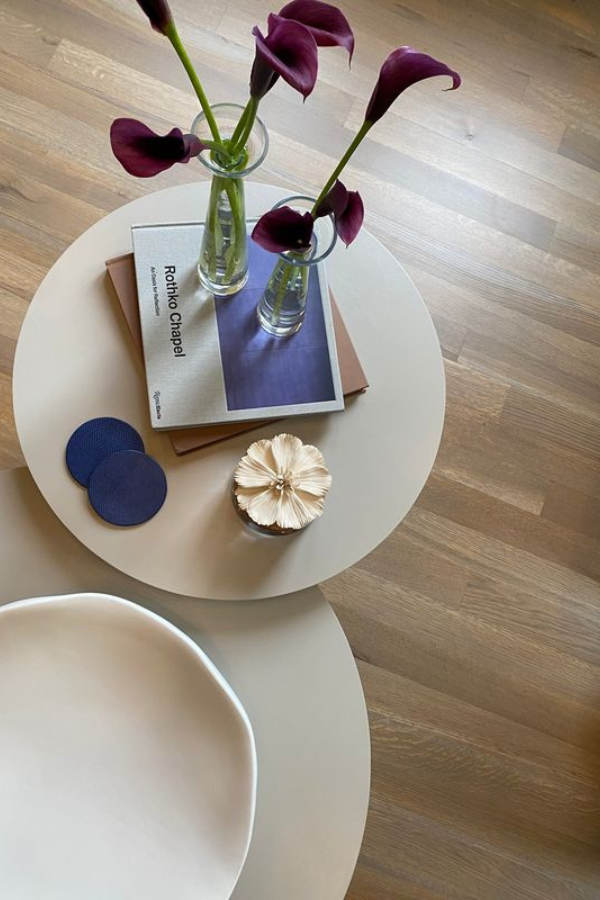
By choosing to place a round table in our designs today, we aren’t just making a functional decision. Rather, we’re tapping into an ancient symbol of connection and equality.
Though we may not perceive it that way, this design choice can be a subtle yet profound way of infusing a space with timeless meaning.
Why a Return to Round Now?

Round tables may be gaining popularity now because they challenge the hierarchical nature of traditional rectangular tables. Without a “head of the table,” the circular design fosters equality and open conversation. This makes the shape ideal for families, gatherings, and collaborative moments.
Amber Guyton of Blessed Little Bungalow captures this sentiment perfectly in an interview with Meghan Shouse for House Beautiful. She notes that round tables “offer a more conversational and intimate atmosphere” where everyone feels included.
Fuel your creative fire & be a part of a supportive community that values how you love to live.
subscribe to our newsletter
*please check your Spam folder for the latest DesignDash Magazine issue immediately after subscription

This innate ability to dissolve formality aligns with a broader cultural movement toward casual yet intentional living. Round tables work beautifully in compact spaces. They’re perfect for small offices and breakfast nooks alike. Their organic shape also breaks up the linearity often found in furniture arrangements—softening a room’s aesthetic while enhancing its flow.
Evolving Family Dynamics and the Round Table
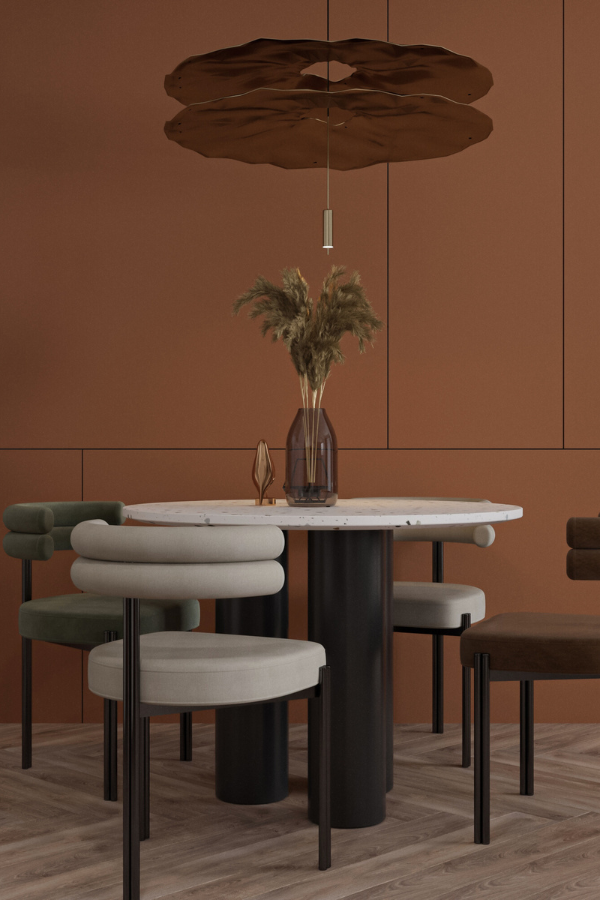
The resurgence of round tables in design mirrors a broader cultural shift within families. The traditional parent-child hierarchy—once marked by strict delineations of authority—is giving way to a more egalitarian model. Today’s families often value children’s perspectives and encourage open dialogue—reflecting a growing emphasis on mutual respect and collaboration.
Round tables naturally support this dynamic. Their design fosters equality by removing the head of the table and creating a space where every voice can be heard.
Fuel your creative fire, thrive with support from peers, & make 2025 your firm’s best year yet!
JOIN THE DESIGNDASH COMMUNITY

Families who wish to foster this type of dynamic might opt for a circular table as a physical embodiment of shared values and inclusivity. It encourages connection, emphasizes the importance of every individual, and creates an environment where everyone feels valued, regardless of age.
This shift in family dynamics is also a response to changing cultural priorities. As work-life boundaries blur and time together becomes more precious, the home—and the spaces within it—plays an increasingly important role in nurturing relationships.
Designers have an opportunity to reflect these changes by creating interiors that honor connection and community. Perhaps the round table will be a symbolic centerpiece for such meaningful interactions.
The Shift Away from Formality

At the behest of clients, designers are constantly reimagining formal spaces like receiving rooms, parlors, and even traditional dining rooms. In some homes, these spaces are being eliminated altogether.
Historically, these spaces served as stages for curated displays of status and etiquette—emphasizing separation between host and guest or family and visitor. Today, however, the emphasis is shifting toward creating environments that foster connection, intimacy, and equality.
This evolution reflects broader cultural changes. Hosting is no longer about impressing guests with polished perfection but about making them feel welcome, comfortable, and included. The strict boundaries between formal and informal spaces have softened—making way for flexible, multifunctional rooms that adapt to various needs—be it a casual meal, a spirited game night, or an impromptu conversation.
Designing for Connection and Flow
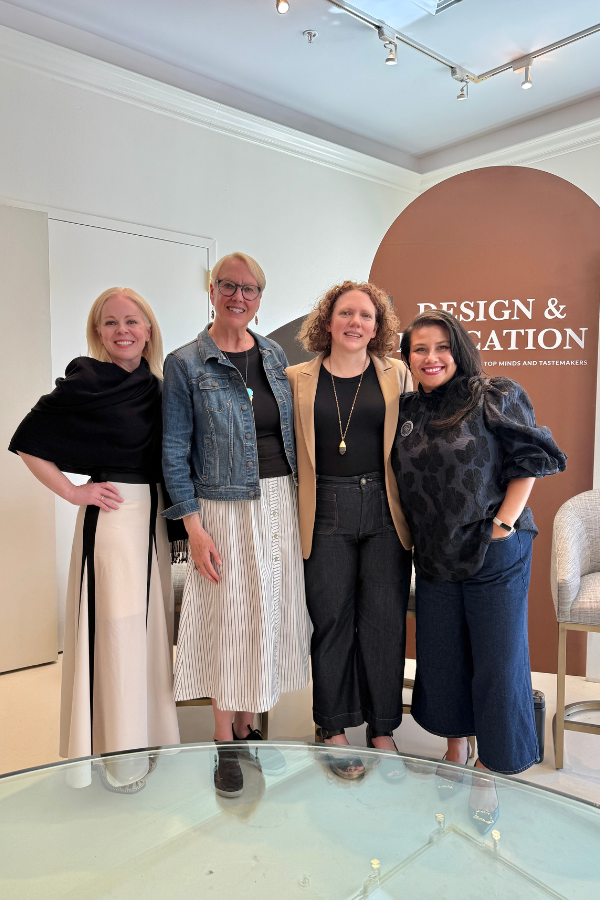
In general, many of today’s interiors are moving away from rigid layouts and formal entertaining traditions—favoring designs that prioritize inclusivity and fluidity. A microcosm of this larger trend, circular tables create a more communal atmosphere that invites everyone to connect equally rather than emphasizing a traditional “head of the table” hierarchy. This shift mirrors broader changes in how we host: entertaining is now less about formality and more about fostering comfort and connection.
Open-plan interiors amplify this by breaking down barriers between traditionally separate spaces. The kitchen often flows seamlessly into the living area, which in turn opens to outdoor spaces—creating a cohesive environment where guests and family members can move freely and naturally interact. This design approach reflects how we live today—fluid, spontaneous, and focused on togetherness.
From a practical standpoint, these designs enhance usability and accessibility. They align with the growing emphasis on indoor-outdoor living.
Final Thoughts on the Return of the Round Table in Today’s Interiors

At DesignDash, we see the circular table trend as a reflection of the way our spaces and relationships are evolving. These tables foster connection, dissolve hierarchy, and encourage intimacy in a way that resonates with modern living. As designers, we embrace this movement because it aligns with our belief in creating spaces that are not only functional but also deeply meaningful.
Written by the DesignDash Editorial Team
Our contributors include experienced designers, firm owners, design writers, and other industry professionals. If you’re interested in submitting your work or collaborating, please reach out to our Editor-in-Chief at editor@designdash.com.







